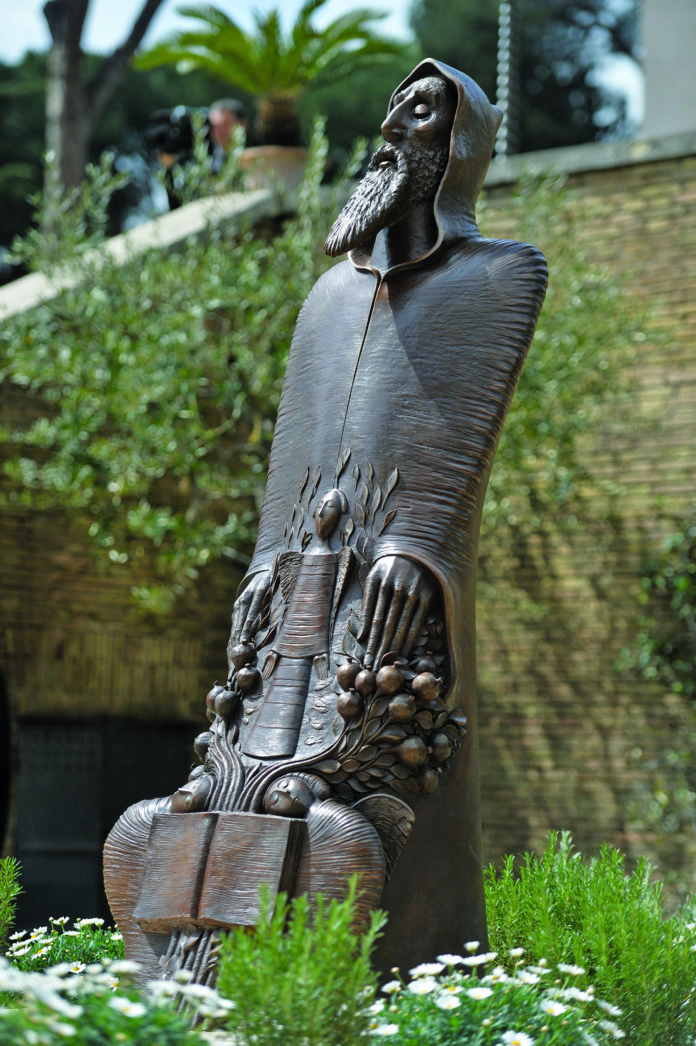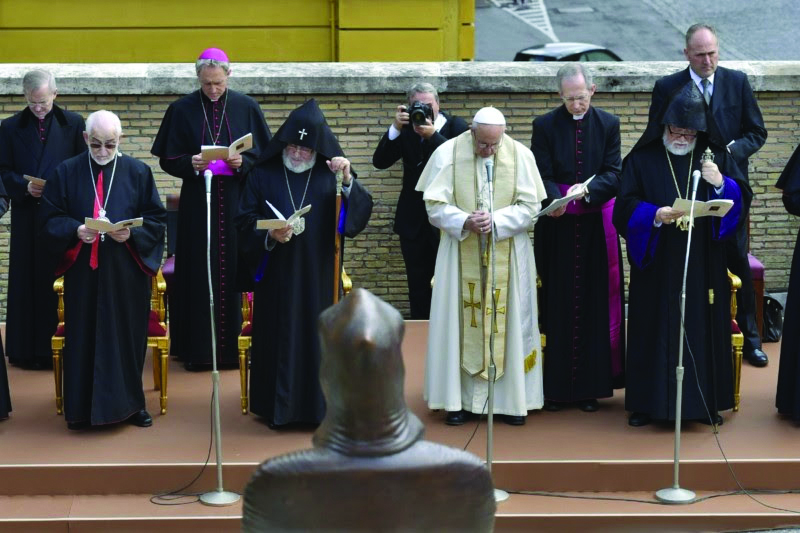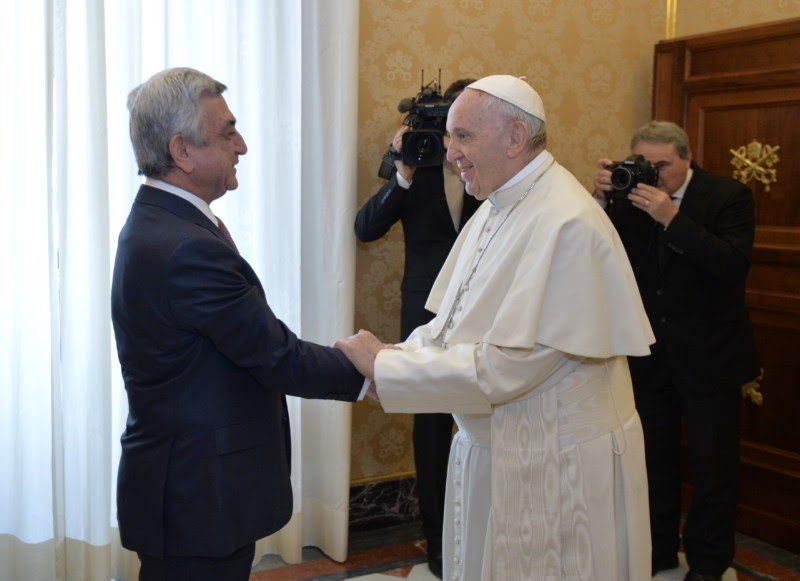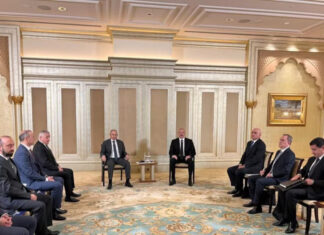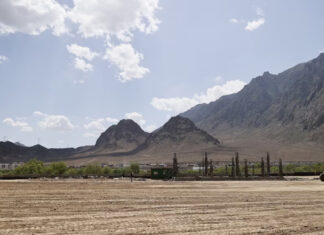VATICAN CITY (Combined Sources) — Pope Francis on Thursday, April 5, consecrated the bronze statue of Saint Gregory of Narek (Grigor Narekatsi), a 10th-century poet and monk.
The historic event was attended by President Serzh Sargsyan, Catholicos of All Armenians Karekin II and Catholicos of the Great House of Cilicia Aram I as well as the head of the Armenian Catholic Church Krikor Bedros XX Gabroyan.
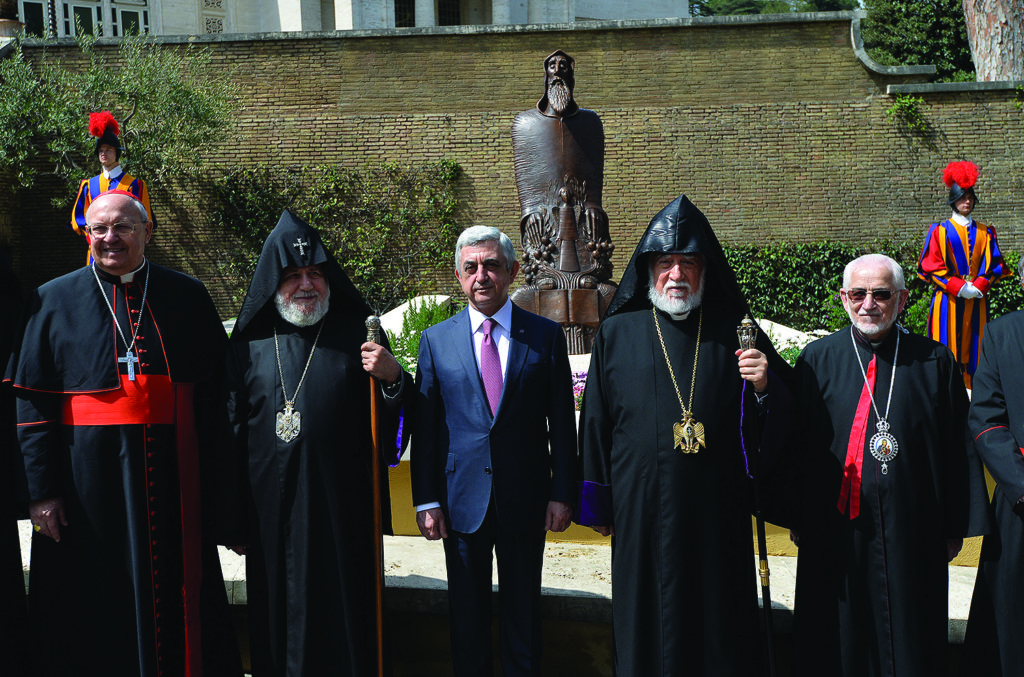
For the first time in history, all three Armenian Church leaders were gathered together with the Roman Pontiff. It is something that Pope Francis prayed for in 2015.
The bronze statue, designed by David Yerevantsi, was forged in the Czech Republic under the joint sponsorship of Mikael Minasyan, Armenia’s ambassador to the Holy See, and Artur Janibekyan, the director of Gazprom Media Holding (Moscow).
In an interview with the Vatican News on Wednesday, Minasyan said, “The idea to erect the statue of Saint Gregory of Narek in the gardens of Vatican stands as a symbol of fraternity between the two churches and all the Christians, particularly those in the Middle East.”
Gregory of Narek was a 10th-century monk, poet and mystical writer and composer. His best-known literary work is a book of prayers, known as the Book of Lamentations. It is considered a masterpiece of Armenian literature. St. Gregory himself defined the work as an “encyclopedia of prayer for all nations.” He voiced hope that his book would provide guidance in prayer for people of all walks of life in order to reach God.



